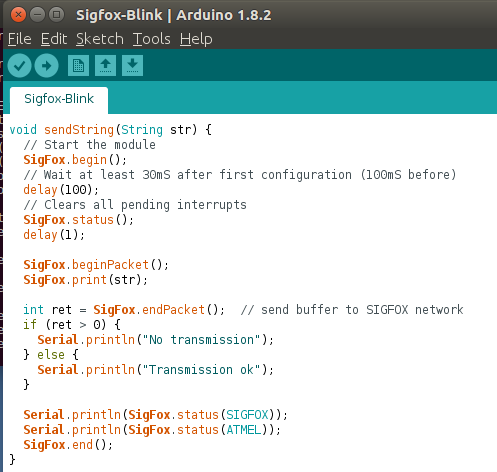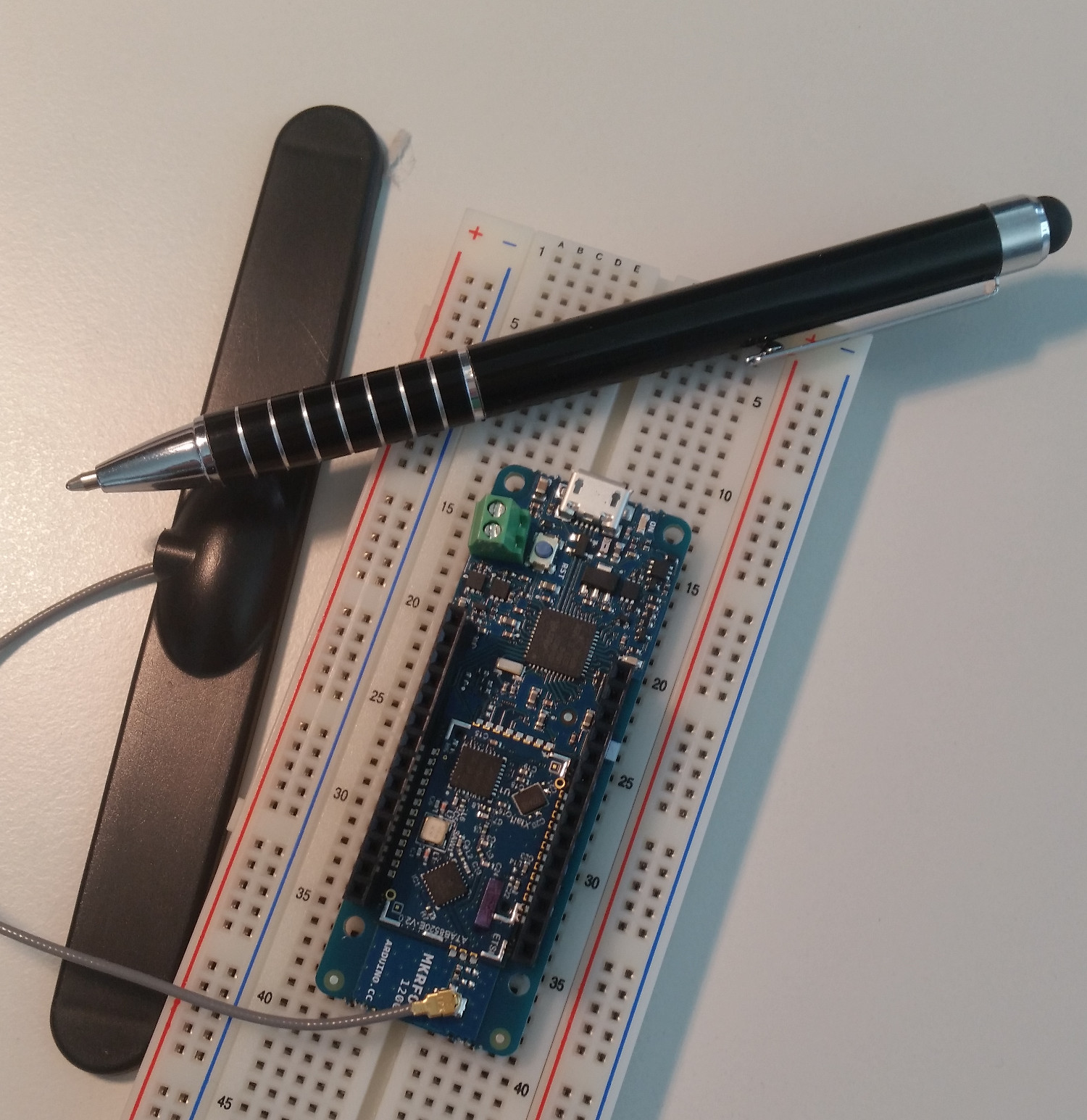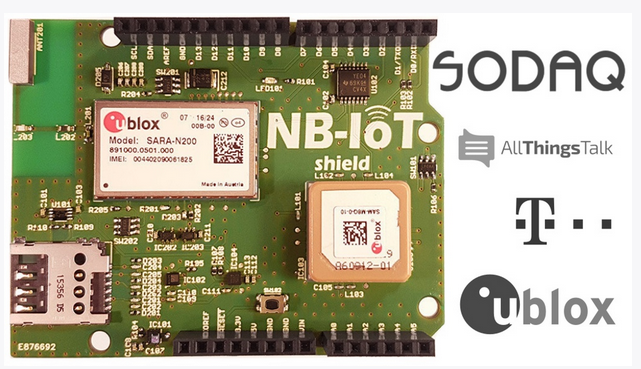Once upon a time, emergency calls were a simple thing in GSM networks. It was agreed that 112 and 911 would be universal emergency call numbers anywhere. When the user dials those numbers an Emergency Call Setup is made without the dialed number. The call is then given priority by the network and is routed to the next emergency response center. But that was back in 1991. In the meantime a number of additional sources of emergency call numbers and additional functionality has been added to the 3GPP standards. One addition was to store additional emergency call numbers on the SIM card which would also trigger an emergency call setup. And probably again a bit later another addition was standardized that lets the network inform devices about additional numbers.
Category: Uncategorized
Shrinking Raspberry Pi Images
If you like creating backup images of the SD cards used for your Raspberry Pi projects with ‘dd’ you’ve probably come across the problem that the image file has the same size as the SD card. Storing such large files becomes expensive over time and restoring them to an SD card takes a long time. It would be much better if the image file only had the size of the files while still being restorable to SD cards as before. Recently I’ve come across a project on Github that does just that.
The Sigfox Arduino – Part 3 – Sigfox Network Basics
After test driving the Mkrfox 1200 Arduino with Sigfox functionality on board and giving an introduction to programming in the previous two parts it’s time now to have a closer look at some of the basic parameters of a Sigfox network to get an idea of the capabilities and constraints, what that means for devices and applications using the network.
Continue reading The Sigfox Arduino – Part 3 – Sigfox Network Basics
The Sigfox Arduino – Part 2 – Program To Send A Message
 In the first part of this series on the Mkrfox 1200 Arduino that comes with a Sigfox chip and a 2 year network subscription I’ve taken a look at what is required to get going, how to send a first message from the module to the network and how that message can be forwarded to a server on the Internet. In total it was a 30 minutes exercise, i.e. very easy to do. In this part, I’ll have a closer look at the code that is required to accomplish the task.
In the first part of this series on the Mkrfox 1200 Arduino that comes with a Sigfox chip and a 2 year network subscription I’ve taken a look at what is required to get going, how to send a first message from the module to the network and how that message can be forwarded to a server on the Internet. In total it was a 30 minutes exercise, i.e. very easy to do. In this part, I’ll have a closer look at the code that is required to accomplish the task.
Continue reading The Sigfox Arduino – Part 2 – Program To Send A Message
The Sigfox Arduino – Part 1 – First Impressions
 After reading about the MKRFOX 1200 Arduino with built in Sigfox connectivity and a 2 year subscription for 50 Euros (including VAT and shipping), I ordered one right away and was pleasantly surprised that it arrived only a few days later. This and the following posts document my first impressions and give a basic overview of Sigfox devices, the network, the back end server and their capabilities.
After reading about the MKRFOX 1200 Arduino with built in Sigfox connectivity and a 2 year subscription for 50 Euros (including VAT and shipping), I ordered one right away and was pleasantly surprised that it arrived only a few days later. This and the following posts document my first impressions and give a basic overview of Sigfox devices, the network, the back end server and their capabilities.
Continue reading The Sigfox Arduino – Part 1 – First Impressions
An NB-IoT Shield That Includes A 1 Year T-Mobile NL Subscription
 Back in April I wrote a post about a breakthrough Arduino board with a Sigfox chip bundled with a 2 year network subscription. It has since arrived and a number of posts about how it performs in practice will come soon. In the initial post I wrote that in my opinion that’s where 3GPP network operators have to go as well with NB-IoT to drive adoption. Actually NB-IoT seems to be closer to this goal than I initially thought. In the Netherlands, Sodaq is working on a NB-IoT Arduino shield and has started a Kickstarter campaign to get funding for it.
Back in April I wrote a post about a breakthrough Arduino board with a Sigfox chip bundled with a 2 year network subscription. It has since arrived and a number of posts about how it performs in practice will come soon. In the initial post I wrote that in my opinion that’s where 3GPP network operators have to go as well with NB-IoT to drive adoption. Actually NB-IoT seems to be closer to this goal than I initially thought. In the Netherlands, Sodaq is working on a NB-IoT Arduino shield and has started a Kickstarter campaign to get funding for it.
Continue reading An NB-IoT Shield That Includes A 1 Year T-Mobile NL Subscription
Book Review: iWoz
Moving on from the ‘Home Computer Wars’, I bought a copy of ‘iWoz’, Steve Wozniack’s autobiography written in 2006 to find out more about the early computer industry during the 1970’s and 80’s. You can find a good synopsis of the book on Wikipedia so I won’t repeat the exercise here. Instead, as with previous books, I’ve decided to write down some personal impressions.
A Telescope View on How OneM2M Works – Part 2
This is part 2 of my telescope view on how OneM2M works and deals with a number of additional topics. If you haven’t read part 1 I strongly recommend you do this first before continuing here.
Continue reading A Telescope View on How OneM2M Works – Part 2
Embedded-SIM Intro – Part 8 – Consumer vs. M2M
I’m pretty much done with my introduction series on eSIM Remote Service Provisioing now but there is one important topic still missing that should be mentioned shortly: Downloading virtual SIM cards into an eSIM is not only interesting for consumer devices such as smartphones, tablets, watches, etc. but equally, if not even more, to embedded devices in cars and industrial applications where the device does not directly interact with a user. While the same principles are used for downloading virtual SIMs to such devices, the way this is done is slightly different from what I discussed so far for consumer devices.
Continue reading Embedded-SIM Intro – Part 8 – Consumer vs. M2M
A Telescope View on How OneM2M Works – Part 1
The Internet of Things and Machine to Machine (M2M) communication are not only buzz words in the computing industry today but also in the telecoms sector. In telecoms there is a framework referred to as OneM2M that I’ve come across several times before. However 99% of what I found on the Internet did not bring me any closer to understanding the principles of the framework and how it ties in with cellular networks and NB-IoT. After digging a bit deeper I finally found some resources that helped me to understand what OneM2M actually does and how.
Continue reading A Telescope View on How OneM2M Works – Part 1